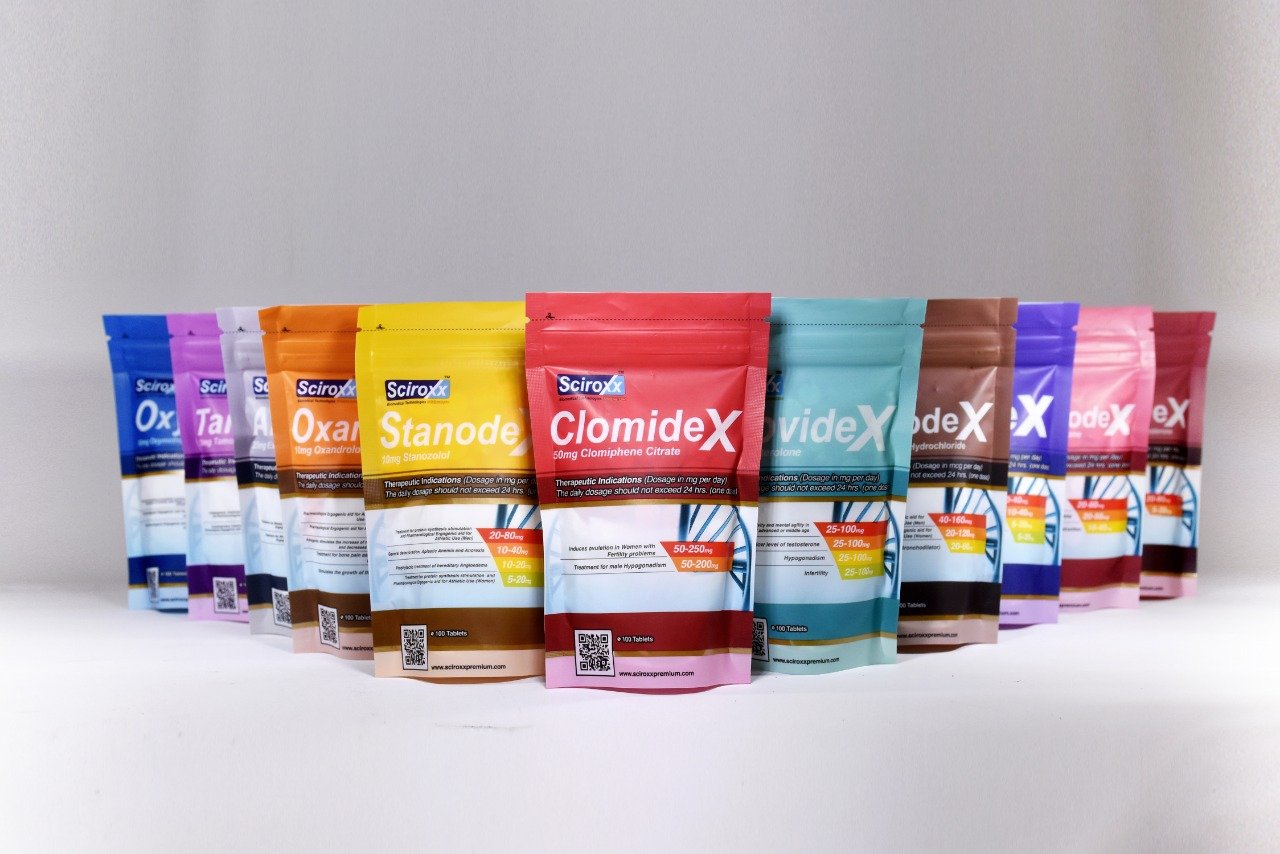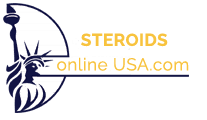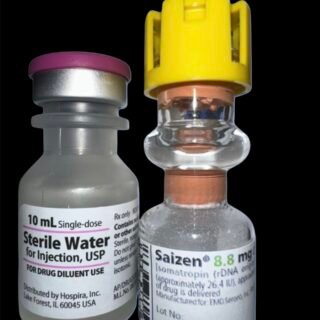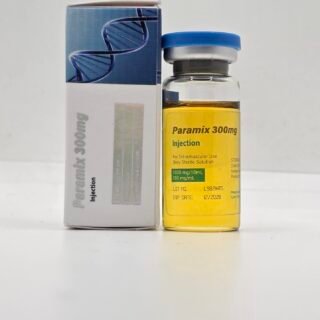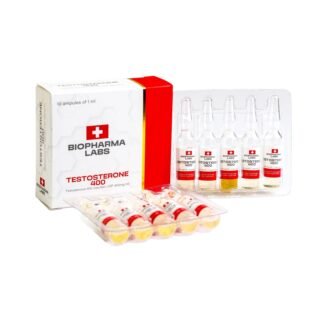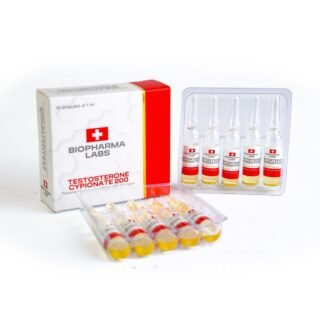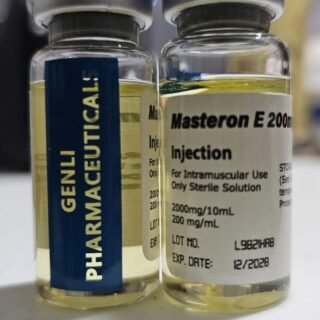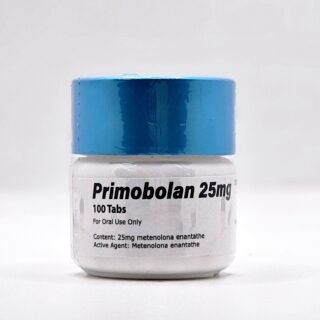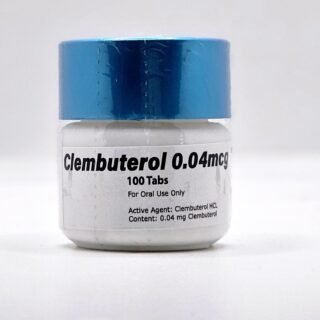Category
- Best Peptides for muscle growth
- Geno Pharma Domestic Warehouse 2 (Canada&USA)
- GP(Domestic Shipping US) Warehouse 1
- Human Pharma Premium
- Phar Labs Premium-Select
- Steroids on Sale USA, Real Steroids Online
- New arrivals in USA
- Most popular steroids in USA
- Antiestrogens / Gonadotropins
- Bangkok Steroid USA
- Biopharma Steroid USA
- British Dragon
- Anabolic Steroids for Horses
- Fat-burners
- Gen Pharma USA
- Medical Pharma Steroid USA
- Medical Tech Steroid USA
- Novocrine Steroids
- HGH USA
- Omega Labs Steroid USA
- Rotterdam Steroids USA
- SARMs USA
- Sciroxx
- Sydgroup Steroid USA
- Big vetenary Steroid USA
- Watson Steroids
- XT Labs Steroids
Most Popular steroids USA
-
 Saizen 8.8 mg (Somatropin) 26.4 UI Domestic USA
Saizen 8.8 mg (Somatropin) 26.4 UI Domestic USA
$115.00Original price was: $115.00.$98.00Current price is: $98.00. -
 PARAMIX 300 Genli Pharma – Trenbolone A, E & Hexa Mix 10 ml
PARAMIX 300 Genli Pharma – Trenbolone A, E & Hexa Mix 10 ml
$110.00Original price was: $110.00.$99.00Current price is: $99.00. -
 Testosterone 400 Biopharma 10 Ampoules
Testosterone 400 Biopharma 10 Ampoules
$99.00Original price was: $99.00.$75.00Current price is: $75.00. -
 Testosterone Cypionate 200 Biopharma 10 amp
Testosterone Cypionate 200 Biopharma 10 amp
$99.00Original price was: $99.00.$72.00Current price is: $72.00. -
 Drostanolone Enanthate 200mg 10 ml - Masteron Enanthate
Drostanolone Enanthate 200mg 10 ml - Masteron Enanthate
$110.00Original price was: $110.00.$90.00Current price is: $90.00. -
 Primobolan Pills 25mg 100 pills Domestic USA
Primobolan Pills 25mg 100 pills Domestic USA
$99.00Original price was: $99.00.$85.00Current price is: $85.00. -
 Clenbuterol for Sale 40mcg 100 Tabs - GP Premium Domestic USA
Clenbuterol for Sale 40mcg 100 Tabs - GP Premium Domestic USA
$99.00Original price was: $99.00.$65.00Current price is: $65.00.


Table of Contents
ToggleWhat is DHT?
DHT or Dihydrotestosterone whose full name is 5α-Dihydrotestosterone, is an androgen or active biological metabolite of the hormone testosterone, generated in the prostate, testicles, hair follicles and adrenal glands, by the enzyme 5α-reductase.
About 5% of testosterone is converted to DHT (dihydrotestosterone), whose affinity for androgen receptors is 3 times higher than testosterone, and 15 to 30 times higher than adrenal androgens.
Characteristics of DHT
DHT plays an essential role in the formation of the male genitalia, and in adults it acts as the main androgen of the prostate and hair follicles. Unlike other androgens such as testosterone, DHT cannot be converted to estradiol by the aromatase enzyme. This is often used in research to distinguish between the effects of testosterone binding to an androgen receptor, and those caused by testosterone converted to estradiol, which subsequently bound to estrogen receptors.
DHT is well known for being the main factor in the appearance of androgenic alopecia, contrary to female alopecia which is much more complex, and where DHT is only one of many possible causes. A high level of DHT in women can cause the development of masculine characteristics, the most frequent being deepening of the voice or facial hair.
DHT also plays an important role in the development and growth of benign prostatic hyperplasia, as well as prostate cancer through hyper-growth of this gland, although there is sufficient evidence that DHT has little effect on the growth of the prostate prostate. DHT is also well known for its role in the development of many types of acne.
DHT in the gym
Some anabolic steroids commonly used in bodybuilding to increase muscle mass are derivatives of DHT, as is the case with:
• Primobolan (Methenolone).
• Winstrol (Stanozolol).
• Proviron (Mesterolone).
• Anavar (Oxandrolone).
• Anadrol (Oxymetholone).
• Masteron (Dromostanolone).
In men, testosterone plays an important role in the development of male reproductive tissues such as the testicles and prostate, but also in secondary male characteristics, such as increased muscle and bone mass, as well as growth of body hair. . Testosterone is very important for health and well-being, as well as for the prevention of osteoporosis.
On average, the concentration of testosterone in the blood plasma of adult men is 10 times higher than the concentration in adult women, to which must be added that the metabolic consumption of testosterone in men is higher, so the daily production it is about 20 times higher in them, however women are more sensitive to this hormone. All current research indicates that DHT may play an important role in muscle hypertrophy, possibly greater than that of testosterone.
Although DHT is present in the blood at a concentration of approximately 1/10 that of testosterone, DHT nevertheless binds better to androgen receptors than testosterone, suggesting that it would be the most appropriate steroid to bind the receptors androgens that precipitate DNA-related genomic muscle hypertrophy.
Despite being less interesting for androgen receptors, testosterone is pointed out as the most relevant androgen due to its high circulation (10 times) and high percentage of free testosterone (-2.25%) compared to DHT (-1.17%) , this results in a free DHT ratio of approximately 20. Contrary to what it seems, DHT decreases with age, due to baldness and the most common prostate pathologies in older men. The low availability of circulating DHT due to age suggests that for DHT to be efficient in a tissue, it needs to be formed there. This is what happens in the prostate and hair follicles, which justifies the use of 5AR inhibitors to treat the problem.
DHT and alopecia
Alopecia due to the presence of dihydrotestosterone (DHT) is due to a chemical transformation that takes place in the scalp, and in which the enzyme 5-alpha reductase, which has a very important role as trigger of the process by which the testosterone is converted to dihydrotestosterone.
In this sense, in order to obtain a notable reduction in dihydrotestosterone levels, the application of inhibitors through medical and/or pharmacological treatments is in many cases the most appropriate option, since it allows DTH to be reduced and positive results to be obtained in the alopecia treatment.
The issue of the incidence of alopecia with respect to DHT levels in people with androgenetic alopecia has been investigated in various clinical studies and it has been confirmed that it is not a high level of DHT that causes alopecia, but a high sensitivity of the follicles against DHT.
Contrary to what is usually thought, the only relationship between testosterone and baldness is not testosterone itself, nor its high level, but the involvement of testosterone in the production of DHT, so we can conclude that it is not it is testosterone that is responsible for hair loss, but DHT which is produced from testosterone and the enzyme 5-alpha-reductase converted to dihydrotestosterone (DHT).
Frequently asked questions about DHT
How do you know if a woman has high DHT?
When she has abundant growth of body and facial hair, deep voice, irregular menstruation, weight gain, low fertility, and in some cases acne.
What problems does a high DHT cause in a man?
A high concentration of dihydrotestosterone causes alopecia and increases the risk of prostate cancer.
Share this page:
- Click to share on X (Opens in new window) X
- Click to share on Facebook (Opens in new window) Facebook
- Click to email a link to a friend (Opens in new window) Email
- Click to share on LinkedIn (Opens in new window) LinkedIn
- Click to share on Reddit (Opens in new window) Reddit
- Click to share on Pinterest (Opens in new window) Pinterest
- Click to share on Telegram (Opens in new window) Telegram
- Click to share on WhatsApp (Opens in new window) WhatsApp
- Click to share on Tumblr (Opens in new window) Tumblr
Written by Steroids USA
Pay with WISE APP or Remitly
Pay with WISE App or Remitly
Fast money transfers from USA for fast delivery of steroids
Secure delivery in USA
100% reliable shipping in USA
24x7 Support
Online 24 hours
Low cost delivery
Great shipping prices in USA
BULK ORDER DISCOUNT
If you are a reseller in the USA you can get a special DISCOUNT, we can give you up to 50% or more on bulk orders. If you want to make a bulk order, we can negociate for orders of over USD$4,000, contact us by email.
Steroids info

